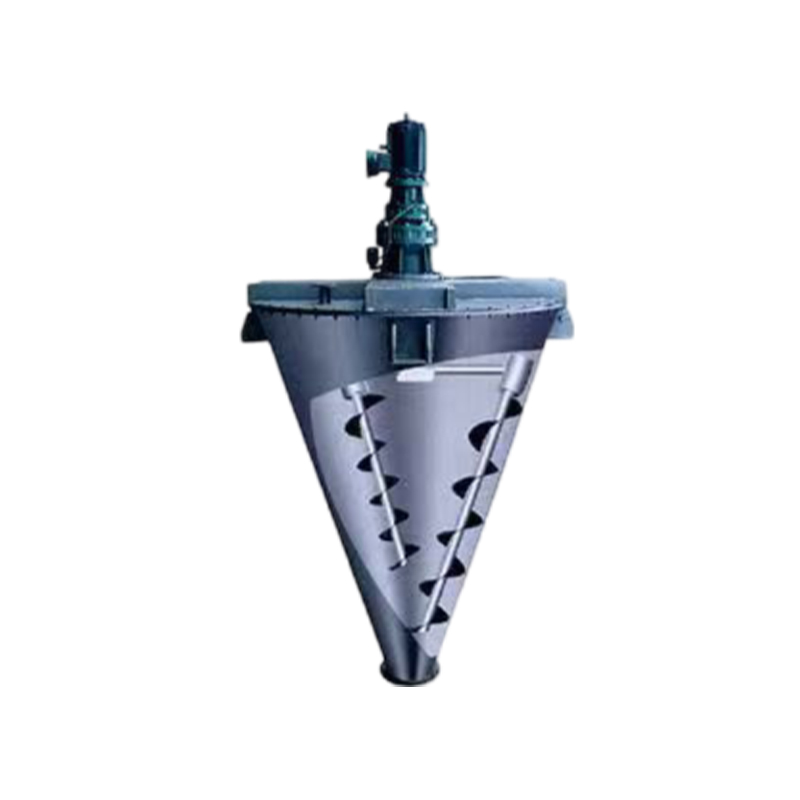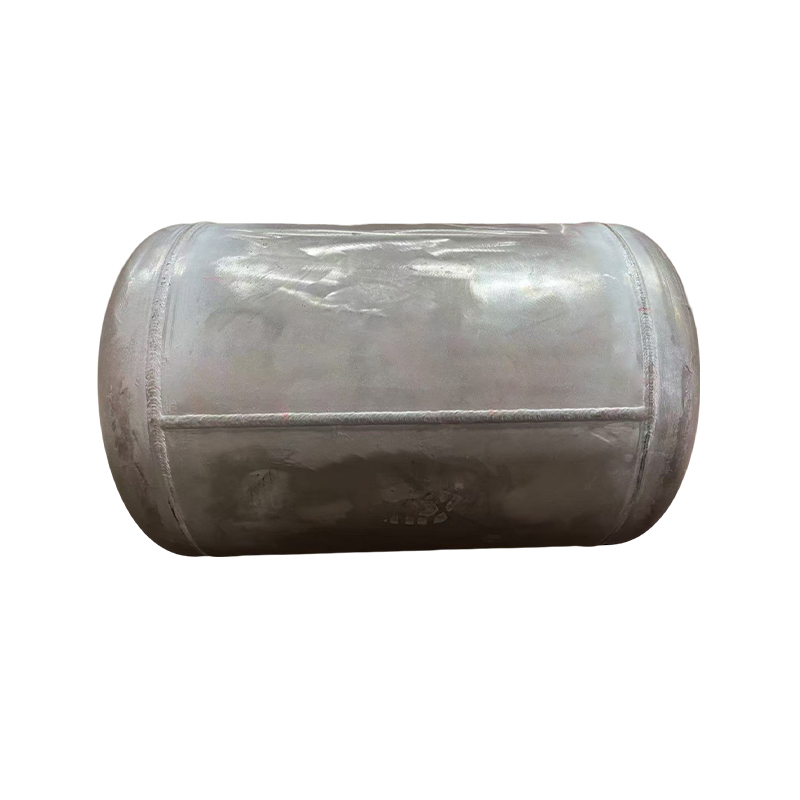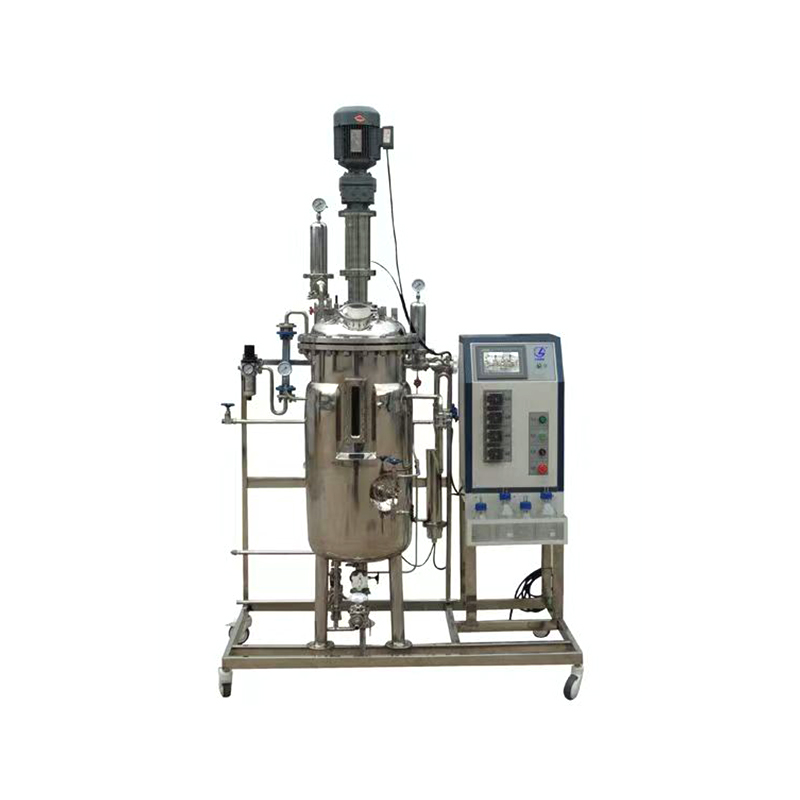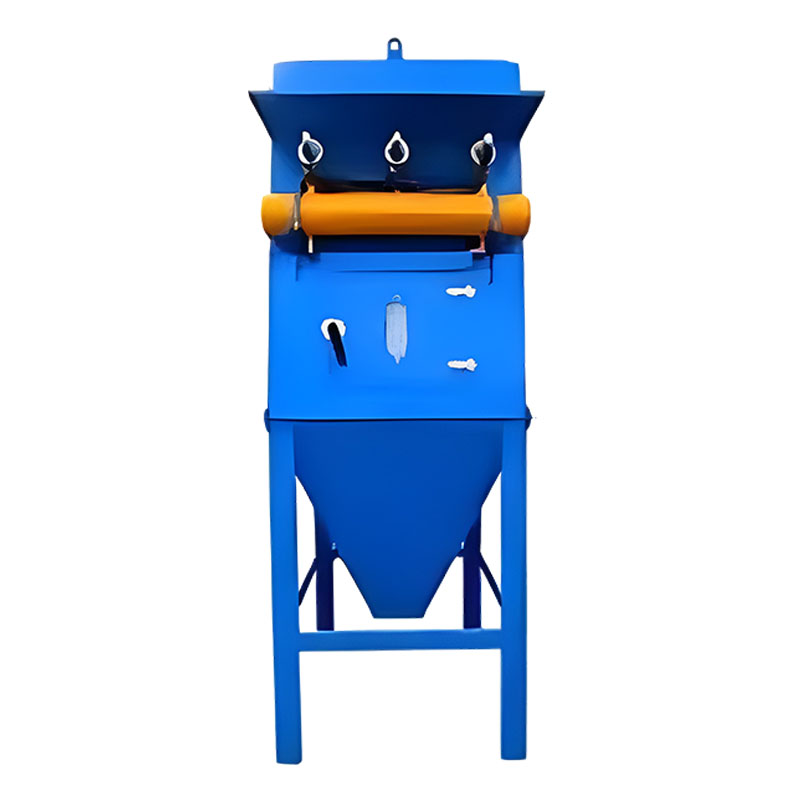From chemical reactions to food homogenization, how do mixing tanks adapt to such diverse process demands?
Release Time : 2025-09-08
Across the vast landscape of modern industry, mixing tanks are ubiquitous. They quietly stand in chemical plants, pharmaceutical workshops, food production lines, and even research laboratories. Their seemingly unassuming appearance carries complex and critical missions. From chemical reactions under high temperature and pressure to homogenizing jams requiring exquisite texture, from the synthesis of polymer materials to the precise formulation of pharmaceuticals, mixing tanks transcend industry boundaries and meet such diverse process demands due to their profound engineering wisdom and highly flexible design.
At its core lies the system's versatility. A mixing tank is not a fixed container but a deeply customizable process platform. Its structure, materials, mixing method, heating and cooling methods, sealing level, and even internal surface treatment can be adjusted to suit specific applications. When used in chemical reactions, it can be equipped with corrosion-resistant alloys and high-pressure seals to withstand intense exothermic or endothermic processes. In the food industry, it utilizes food-grade stainless steel and a mirror-polished interior, ensuring residue-free operation, easy cleaning, and minimizing the risk of microbial growth. This tailored adaptability allows the same equipment to seamlessly integrate into diverse production environments.
Diversity in mixing methods is another key to its adaptability. Different materials have varying requirements for shear force, mixing intensity, and circulation speed. Low-viscosity liquids require rapid circulation for uniform mixing, while high-viscosity pastes rely on strong shear and scraping to prevent material buildup. The mixing tank can precisely match the characteristics of different fluids by varying agitator types—such as anchor, paddle, turbine, or high-shear emulsifiers. When homogenizing jam, a high-speed rotor-stator system finely breaks down fruit pulp particles. In resin synthesis, slow, powerful propulsion agitation prevents the introduction of excessive bubbles and ensures a stable reaction. This tailored mixing strategy ensures ideal mixing regardless of the material. The integrated capabilities of temperature control further expand its application boundaries. Many processes require not only mixing but also reaction or maturation at specific temperatures. Mixing tanks are often equipped with jackets or internal coils, allowing for precise heating and cooling via steam, thermal oil, or refrigerated media. Whether in chemical processes requiring elevated temperatures to accelerate reactions or beverage blending where low temperatures are crucial for flavor preservation, mixing tanks provide a stable thermal environment. The synergistic effect of temperature and agitation allows materials to achieve the desired physical or chemical state while in motion, improving process controllability and repeatability.
Sealing and clean design ensure reliability in sensitive applications. In the pharmaceutical and food industries, cross-contamination is a critical concern. Mixing tanks utilize sanitary mechanical or magnetic seals to prevent external contaminants and internal material leakage. Strategically located openings facilitate CIP (Cleaning in Place) cleaning and SIP (Self-Installation in Place) sterilization, meeting stringent standards such as GMP. In the chemical industry, explosion-proof motors and inert gas protection systems ensure safe operation in flammable and explosive environments. These protective designs tailored to different operating conditions enable the mixing tank to operate stably even under extreme or sensitive conditions.
Furthermore, the mixing tank boasts excellent scalability and integration capabilities. It can operate as a standalone device or seamlessly integrate with upstream and downstream equipment such as reactors, filtration systems, and filling lines to form a complete production process. The automated control system allows precise programming of mixing speed, temperature, time, and dosing sequence, improving process consistency and reducing human error. This modular and intelligent approach not only adapts to existing processes but also allows for continuous evolution as technology advances.
It is precisely this comprehensive combination of material selectability, adjustable structure, variable stirring, configurable temperature control, reliable sealing, and easy cleaning that elevates the mixing tank beyond a simple "mixing vessel." It is a flexible process hub and a redefined industrial platform. Whether facing violent chemical reactions or food processing with stringent taste and safety requirements, it can find the optimal operating mode through scientific design and sophisticated engineering. Its wide applicability is, in essence, a microcosm of modern manufacturing's relentless pursuit of efficiency, precision, and safety.
At its core lies the system's versatility. A mixing tank is not a fixed container but a deeply customizable process platform. Its structure, materials, mixing method, heating and cooling methods, sealing level, and even internal surface treatment can be adjusted to suit specific applications. When used in chemical reactions, it can be equipped with corrosion-resistant alloys and high-pressure seals to withstand intense exothermic or endothermic processes. In the food industry, it utilizes food-grade stainless steel and a mirror-polished interior, ensuring residue-free operation, easy cleaning, and minimizing the risk of microbial growth. This tailored adaptability allows the same equipment to seamlessly integrate into diverse production environments.
Diversity in mixing methods is another key to its adaptability. Different materials have varying requirements for shear force, mixing intensity, and circulation speed. Low-viscosity liquids require rapid circulation for uniform mixing, while high-viscosity pastes rely on strong shear and scraping to prevent material buildup. The mixing tank can precisely match the characteristics of different fluids by varying agitator types—such as anchor, paddle, turbine, or high-shear emulsifiers. When homogenizing jam, a high-speed rotor-stator system finely breaks down fruit pulp particles. In resin synthesis, slow, powerful propulsion agitation prevents the introduction of excessive bubbles and ensures a stable reaction. This tailored mixing strategy ensures ideal mixing regardless of the material. The integrated capabilities of temperature control further expand its application boundaries. Many processes require not only mixing but also reaction or maturation at specific temperatures. Mixing tanks are often equipped with jackets or internal coils, allowing for precise heating and cooling via steam, thermal oil, or refrigerated media. Whether in chemical processes requiring elevated temperatures to accelerate reactions or beverage blending where low temperatures are crucial for flavor preservation, mixing tanks provide a stable thermal environment. The synergistic effect of temperature and agitation allows materials to achieve the desired physical or chemical state while in motion, improving process controllability and repeatability.
Sealing and clean design ensure reliability in sensitive applications. In the pharmaceutical and food industries, cross-contamination is a critical concern. Mixing tanks utilize sanitary mechanical or magnetic seals to prevent external contaminants and internal material leakage. Strategically located openings facilitate CIP (Cleaning in Place) cleaning and SIP (Self-Installation in Place) sterilization, meeting stringent standards such as GMP. In the chemical industry, explosion-proof motors and inert gas protection systems ensure safe operation in flammable and explosive environments. These protective designs tailored to different operating conditions enable the mixing tank to operate stably even under extreme or sensitive conditions.
Furthermore, the mixing tank boasts excellent scalability and integration capabilities. It can operate as a standalone device or seamlessly integrate with upstream and downstream equipment such as reactors, filtration systems, and filling lines to form a complete production process. The automated control system allows precise programming of mixing speed, temperature, time, and dosing sequence, improving process consistency and reducing human error. This modular and intelligent approach not only adapts to existing processes but also allows for continuous evolution as technology advances.
It is precisely this comprehensive combination of material selectability, adjustable structure, variable stirring, configurable temperature control, reliable sealing, and easy cleaning that elevates the mixing tank beyond a simple "mixing vessel." It is a flexible process hub and a redefined industrial platform. Whether facing violent chemical reactions or food processing with stringent taste and safety requirements, it can find the optimal operating mode through scientific design and sophisticated engineering. Its wide applicability is, in essence, a microcosm of modern manufacturing's relentless pursuit of efficiency, precision, and safety.







